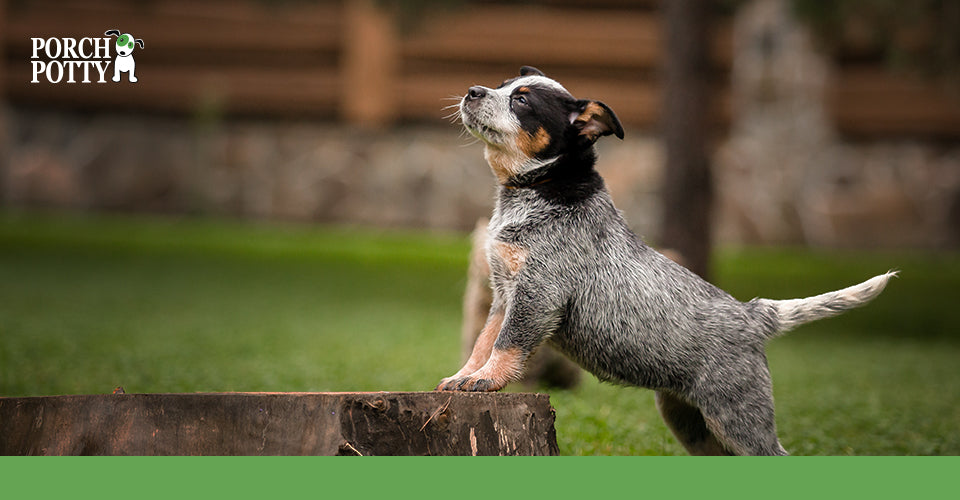Video
Adopting a Positive and Humane Approach to Training Rescue Dogs

Rescuing a dog from a shelter or adoption agency can be a rewarding experience. However, these dogs may come with a history of neglect, abuse, or trauma, which can lead to behavioral challenges. Training a rescue dog can be particularly difficult, especially if the dog is stubborn or resistant. This blog post will provide comprehensive training tips to help you navigate the unique challenges of training rescue dogs while maintaining a positive and humane approach.
Understanding Stubbornness in Rescue Dogs
Stubbornness in rescue dogs can stem from various factors:
1. Learned Helplessness: Dogs who have experienced abuse or neglect may have learned that their actions have no impact on their environment, leading to a sense of hopelessness and resistance to training.
2. Fear and Anxiety: Stubbornness can be a symptom of underlying fear or anxiety. Rescued dogs may be fearful of new situations, people, or environments, leading them to resist training.
3. Lack of Socialization: Dogs who have not been properly socialized may have difficulty understanding human communication and responding to training cues.
4. Breed Traits: Certain breeds are known for their independent or stubborn nature, which can contribute to training challenges.
Building Trust and Respect
Establishing a trusting relationship is crucial for successful training.
1. Spend Quality Time: Engage in non-training activities such as walks, play, and cuddles to create a positive bond with your dog.
2. Use Gentle Techniques: Avoid harsh punishments or negative reinforcement. Instead, use positive reinforcement and reward-based training to build trust and cooperation.
3. Be Patient and Consistent: Dogs require time and consistency to learn. Avoid becoming discouraged or impatient, and make training sessions short and enjoyable.
Positive Reinforcement and Rewards
Rewarding desired behaviors is essential in training.
1. Use High-Value Treats: Find treats that your dog finds irresistible, such as chicken, cheese, or peanut butter.
2. Immediate Rewards: Reward your dog immediately after the desired behavior to reinforce the link between the action and the reward.
3. Variety of Rewards: Use a variety of rewards to keep your dog motivated and engaged. Non-edible rewards such as toys or praise can also be effective.
Patience and Consistency
Training requires persistence and consistency.
1. Short and Frequent Training Sessions: Keep training sessions short and positive, typically 5-15 minutes, and repeat them several times a day.
2. Gradual Progression: Start with simple commands and gradually increase the complexity as your dog progresses.
3. Stay Positive: Maintain a positive and encouraging demeanor during training sessions. Avoid frustration or anger, as this will hinder your dog’s learning.
Redirection and Alternative Behaviors
Redirection involves teaching your dog an alternative behavior when they engage in an undesirable one.
1. Identify Triggers: Observe your dog’s behavior patterns to identify triggers that cause resistance or stubbornness.
2. Provide Alternatives: Offer your dog alternative behaviors that satisfy their needs in a positive way. For example, if your dog barks at strangers, teach them to sit or heel instead.
3. Reward Alternative Behaviors: Reward your dog for engaging in the alternative behavior, reinforcing the desired response.
Structured Training Sessions
Establish a consistent routine for training sessions.
1. Designated Training Area: Choose a quiet and distraction-free training area to minimize distractions.
2. Structured Agenda: Plan each training session with specific goals and exercises, including both obedience commands and playtime.
3. End on a Positive Note: Always end training sessions on a positive note, with your dog successfully completing a command or engaging in a rewarding activity.
Addressing Underlying Issues
If your dog’s stubbornness persists, consider addressing potential underlying issues.
1. Veterinary Examination: Rule out any physical or medical conditions that may be contributing to the stubbornness.
2. Behavioral Consultation: Consult with a certified animal behaviorist or professional trainer to assess your dog’s behavior and develop tailored training plans.
3. Desensitization and Counter-Conditioning: If your dog exhibits fear or anxiety, use desensitization and counter-conditioning techniques to gradually reduce their negative reactions.
Breaking Through Resistance
Overcoming resistance requires patience and persistence.
1. Pause and Reset: If your dog resists a command or exercise, pause the training session and redirect their attention to a positive activity.
2. Increase Motivation: Find ways to increase your dog’s motivation for training, such as using higher-value treats or incorporating games into the exercises.
3. Seek Professional Help: If you continue to encounter significant resistance, consider consulting with a professional trainer for guidance and support.
Adopting a Positive and Humane Approach
Training a rescue dog should always be based on a humane and positive approach that prioritizes the dog’s well-being and emotional balance.
1. Respect Your Dog’s Boundaries: Learn to recognize when your dog needs a break or feels overwhelmed. End training sessions before they become too stressful or aversive.
2. Avoid Punishment: Punishment is ineffective and damaging in dog training. Focus instead on positive reinforcement and rewards to encourage desired behaviors.
3. Celebrate Success: Recognize and celebrate your dog’s progress and accomplishments, no matter how small. Positive reinforcement builds confidence and motivation.
Conclusion
Training a rescue dog can be a rewarding and fulfilling experience. However, it requires patience, consistency, and a deep understanding of canine behavior. By adopting a positive and humane approach that focuses on trust, respect, and reward-based training, you can overcome the challenges associated with stubborn rescue dogs and create a harmonious and affectionate bond with your furry companion. Remember that every dog is different, and training methods may need to be adapted to suit their individual needs and temperament. With patience and perseverance, you can build a strong and respectful relationship with your rescue dog while equipping them with the skills they need to thrive in their new environment.

